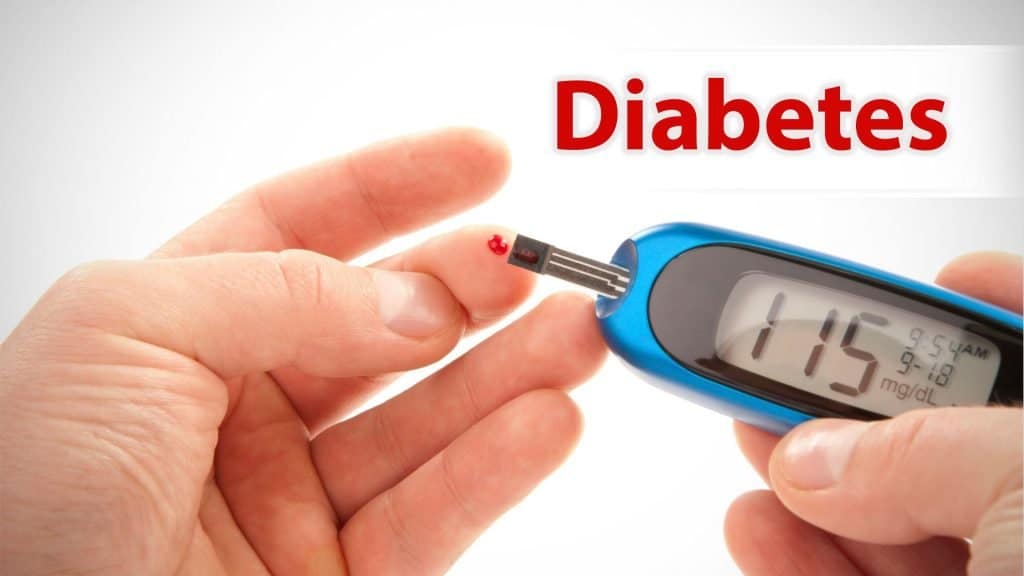Introduction Acute pancreatitis can be severe with extensive morbidity, mortality, and hospitalization costs1 . As the most common inpatient gastrointestinal diagnosis in the United States (over 270,000 inpatient stays in 2009), acute pancreatitis was responsible for USD $2.6 billion in health-care costs in 20092 . With an increasing incidence in the last decade and an overall mortality ranging from 5% to 20% depending on severity, extensive efforts have been under way to improve important clinical outcomes in the disease3–5 . However, despite these efforts, no targeted pharmacologic therapy specific to acute pancreatitis has been found6,7 . In this article, we will discuss advances in supportive care that have contributed to improved outcomes in this disease. In addition, we will highlight the failures of previous studies of targeted pharmacologic therapy. Finally, we will outline opportunities for future research that we feel show promise in the management of acute pancreatitis. Fluid resuscitation The most effective intervention for acute pancreatitis to date is early aggressive fluid resuscitation. By providing adequate perfusion of the pancreatic microcirculation, fluid resuscitation maintains intravascular volume in the setting of the massive capillary leak associated with the inflammatory response of acute pancreatitis. In turn, preventing ischemia of the microcirculation inhibits the development of local and systemic complications such as pancreatic necrosis, systemic inflammatory response syndrome (SIRS), and multi-system organ failure8,9 .
The pancreatic microcirculation can be defined as the area of vasculature, including the celiac and superior mesenteric arteries, which supplies oxygen-rich blood to the pancreatic acinar cells. Inflammatory mediators released in acute pancreatitis are thought to exert a microangiopathic effect leading to hypercoagulability with microthrombi, subsequent endothelial damage from free radical release, and finally increased capillary permeability promoting hypovolemia10,11. Disruption of the microcirculation therefore is theorized as an important factor responsible for the transition from mild, interstitial edema to severe, necrotizing pancreatitis. The most important area of research in terms of developing targeted interventions for acute pancreatitis, in our opinion, involves fully elaborating the inflammatory cascade specific to the disease. Determining the driving stimulus behind pancreatic injury and subsequent inflammatory activation will be the critical step in designing targeted therapy. Data from both retrospective and prospective clinical trials demonstrate that early fluid resuscitation is more effective than delayed fluid resuscitation. One recent study specifically addressed this issue by defining early fluid resuscitation as receiving greater than one third of the total 72-hour fluid volume within the first 24 hours of hospitalization and late as receiving less than one third12. Although the investigation yielded no information on total infused fluid volume, they concluded that patients receiving early fluid resuscitation experienced less mortality than those receiving it late. Additional studies, including a retrospective analysis of 436 patients with acute pancreatitis which found an association between early fluid resuscitation and decreased SIRS, organ failure at 72 hours, length of hospital stay, and a lower rate of intensive care unit admission, support these conclusions13.
Early fluid resuscitation is agreed upon as an intervention of paramount importance; however, to date, there are no standard guidelines on optimal fluid type or volume, rate, or duration of treatment14. Human studies regarding the rate of hydration consistently show decreased morbidity and mortality with aggressive hydration in the first 24 hours, although total volume of hydration at the 48-hour mark seems to have no effect on patient outcomes. The American College of Gastroenterology guidelines currently recommend 250 to 500 mL per hour of isotonic crystalloid solution in the first 12 to 24 hours, with frequent re-evaluation every 6 hours, ultimately with the therapeutic goal of decreasing the blood urea nitrogen (BUN) level15. Most experts will agree with a starting infusion of 250 to 300 mL/hour or enough to produce a urine output of at least 0.5 mL/kg, in addition to the 1- to 2-L fluid bolus given in the emergency department16. The goal within the first 24 hours is a total infusion of 2.5 to 4 L, with adjustments made on the basis of the patient’s age, weight, physical exam, and comorbid conditions17. Duration of aggressive resuscitation is difficult to determine and this should be individualized. It is recommended, however, to aim for a decrease in hematocrit or BUN, or both, in the first 24 hours of hospitalization. An increased risk of pancreatic necrosis has been linked with an elevated hematocrit at admission or failure to decrease after 24 hours as well as an increase in creatinine within 48 hours in independent studies18–20. With regard to BUN, a 2011 meta-analysis of 1,043 acute pancreatitis cases showed an increased risk of mortality and death with a BUN of at least 20 mg/dL (odds ratios of 4.6 and 4.3, respectively) at admission or a rise within the first 24 hours21. The type of fluid to use for resuscitation has been incompletely studied. In the only randomized study specifically evaluating different colloid resuscitation fluids, Lactated Ringer’s solution had a greater effect on decreasing SIRS and C-reactive protein levels than normal saline22. In summary, acute pancreatitis leads to alterations in the pancreatic microcirculation brought about by an intense inflammatory cascade that has yet to be completely delineated. Aggressive fluid resuscitation is used to blunt the capillary leak syndrome associated with this cascade, although the optimal rate, type, and duration of fluid resuscitation have yet to be studied. Further studies are needed to evaluate for any complications related to over-aggressive fluid resuscitation. Antibiotics Given the morbidity and mortality associated with infected pancreatic necrosis, it stands to reason that giving antibiotics may serve as a solution to this problem. Pancreatic necrosis complicated by translocated enteric bacteria continues to be the most common cause of mortality in patients with acute pancreatitis that survive the early phase, accounting for up to 70% of all deaths4,6 . Though still a controversial topic, prophylactic antibiotic therapy is currently not recommended to prevent pancreatic necrosis associated with acute pancreatitis9 .
download pdf here
source : https://www.ncbi.nlm.nih.gov/pmc/articles/PMC4754010/pdf/f1000research-4-7728.pdf









